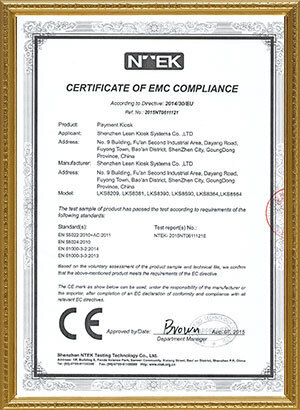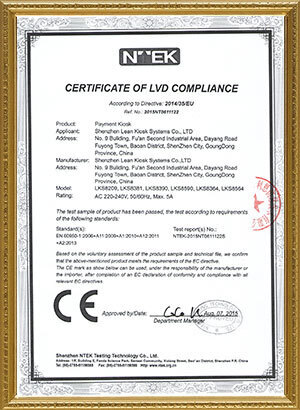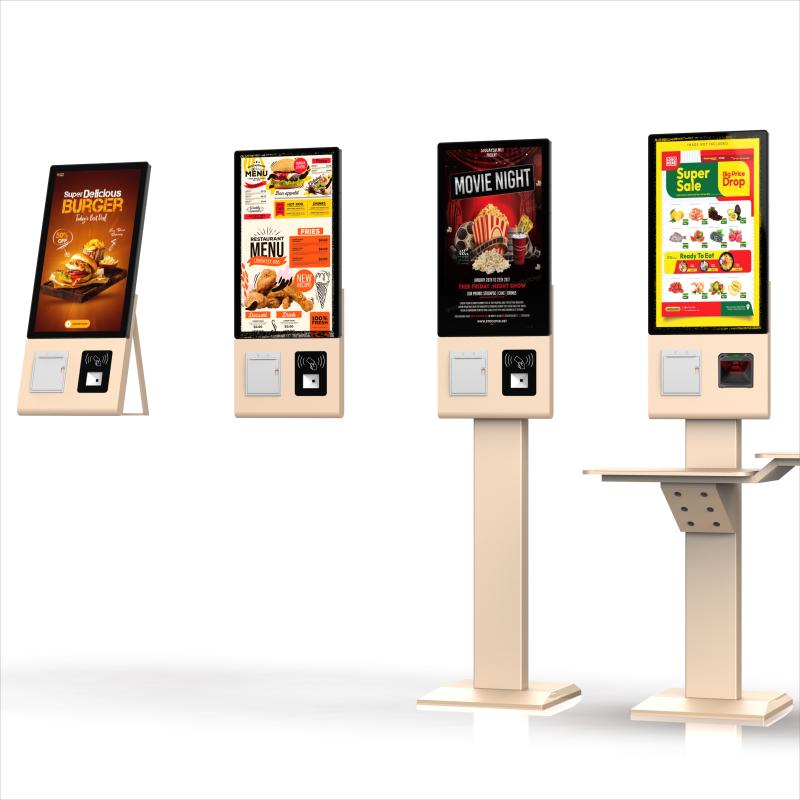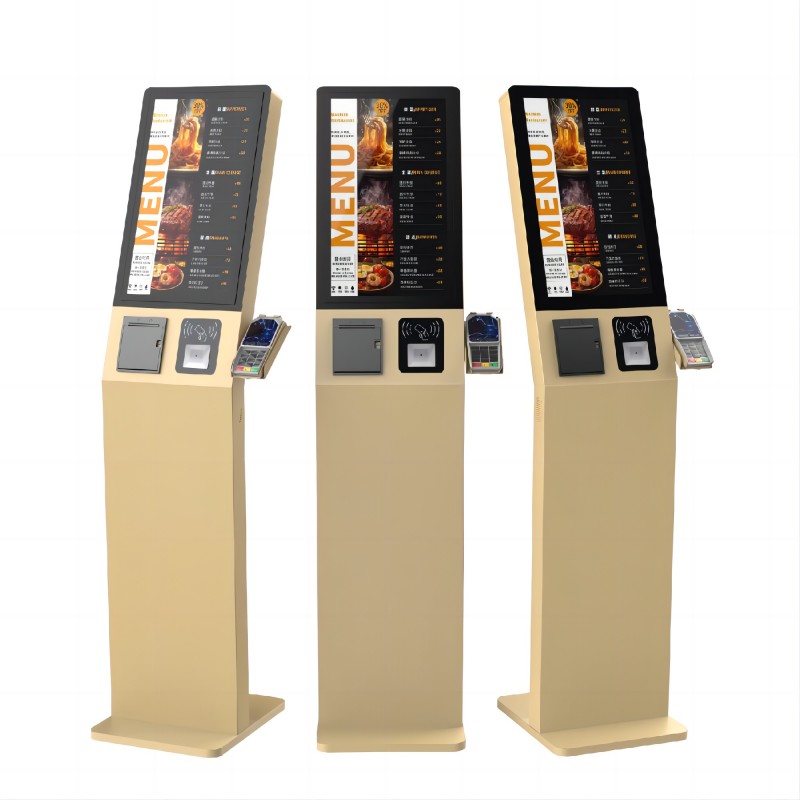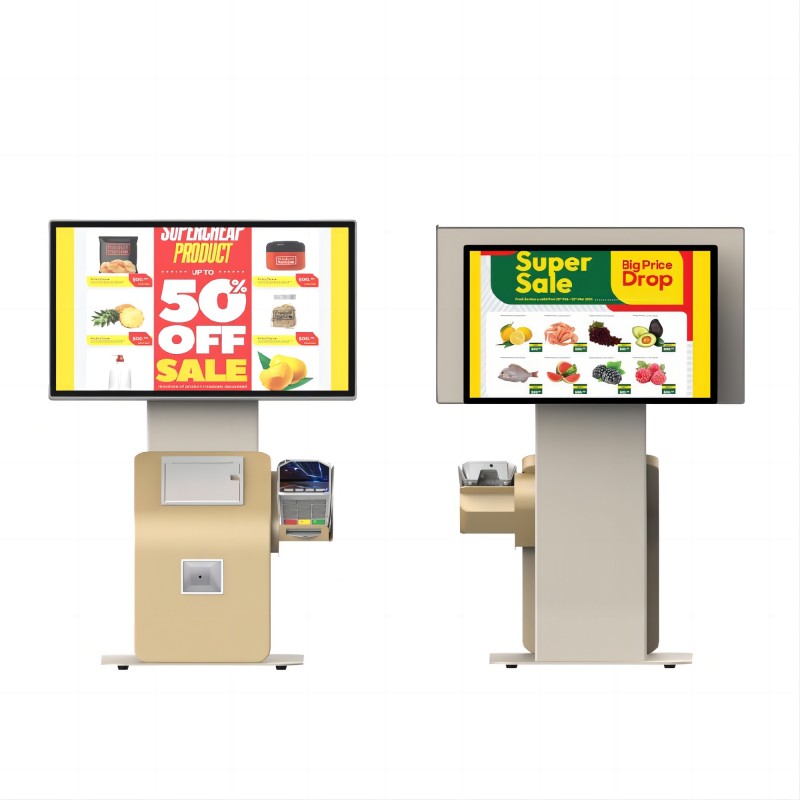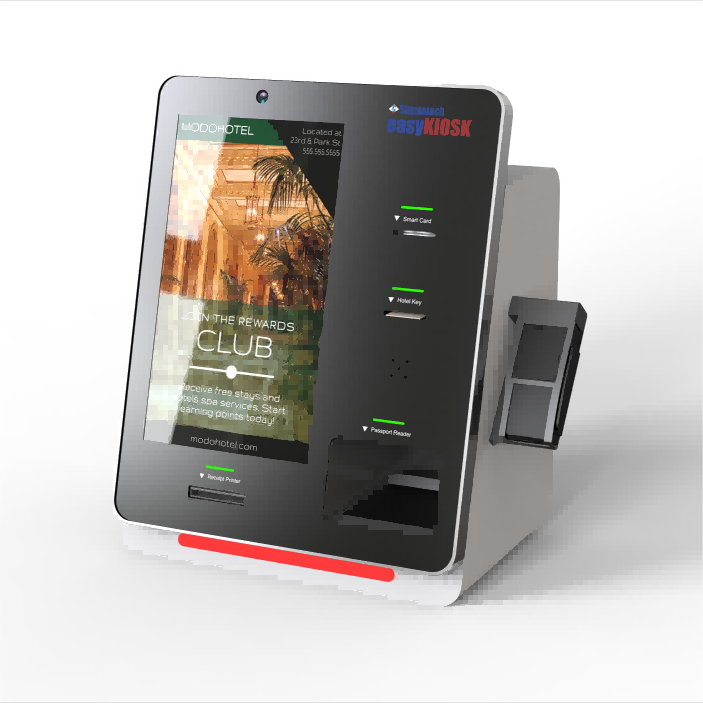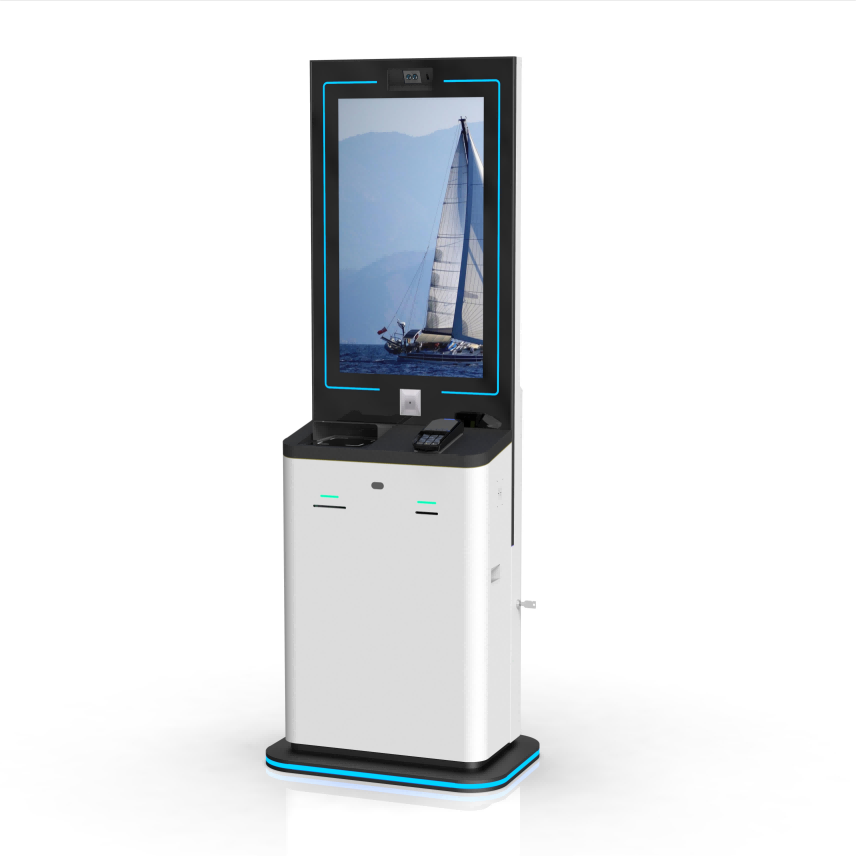






—— Bill from America
—— Jack from United Kingdom
—— James from Russia
—— Mike from America
—— James from Iran
—— James from America
"Different types of interactive kiosks" refers to various self-service terminals designed to engage users through touch screens and interactive interfaces, providing a wide range of services and information. These kiosks are categorized based on their specific functions and the environments in which they are used:
Information Kiosks: Provide detailed information on services, products, directions, and local attractions. Commonly found in malls, airports, and tourist centers.
Self-Check-In Kiosks: Allow users to check in for flights, hotels, events, or medical appointments, streamlining the registration process.
Retail Kiosks: Enable customers to browse products, place orders, and make payments in stores or shopping centers, enhancing the shopping experience.
Payment Kiosks: Facilitate bill payments, ticket purchases, and other financial transactions, often used in utility companies, transit stations, and retail environments.
Healthcare Kiosks: Provide services such as patient check-in, appointment scheduling, and access to health information in clinics and hospitals.
Survey and Feedback Kiosks: Collect customer feedback and conduct surveys in real-time, commonly used in retail stores, restaurants, and public service areas.
Each type of interactive kiosk is designed to meet specific user needs, improving efficiency, convenience, and user engagement in various settings.
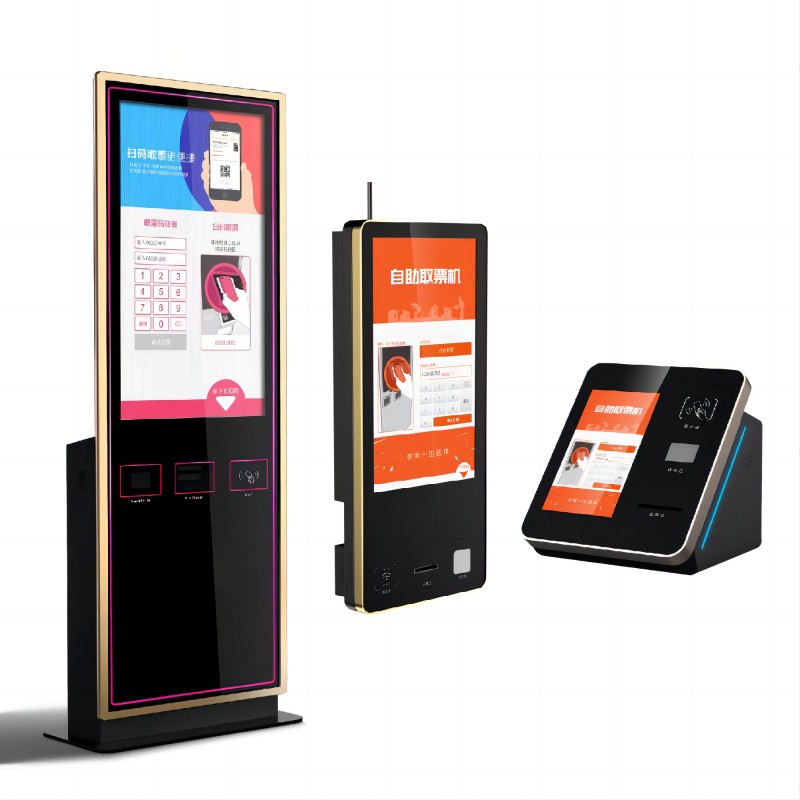
Multimedia and entertainment kiosks are versatile tools that provide interactive and engaging experiences to users across various settings. Here are key applications:
Amusement Parks and Attractions: These kiosks offer interactive maps, information about rides and shows, and multimedia content to enhance visitor experiences. They can also provide ticketing services, allowing guests to purchase or upgrade tickets on-site.
Museums and Exhibitions: Multimedia kiosks provide educational content, such as videos, animations, and interactive displays about exhibits. They offer visitors an immersive learning experience, enhancing their understanding and enjoyment of the exhibits.
Shopping Malls and Retail Stores: These kiosks engage shoppers with promotional videos, product demonstrations, and interactive advertisements. They can also play music or provide gaming experiences to attract and entertain customers, increasing dwell time and potentially boosting sales.
Cinemas and Theaters: Located in lobbies, these kiosks allow customers to watch trailers, explore showtimes, and purchase tickets. They can also provide information about upcoming movies and special events.
Hotels and Resorts: Entertainment kiosks in lobbies or common areas offer guests access to local attractions, virtual tours, and multimedia guides. They can enhance guest experiences by providing information about the property and surrounding area.
Public Spaces and Transit Hubs: In places like airports, train stations, and city centers, multimedia kiosks provide entertainment, news, weather updates, and local information to travelers. They can include interactive games and videos to make waiting times more enjoyable.
Educational Institutions: Schools and universities use these kiosks to deliver interactive educational content, campus information, and event details. They provide students with engaging ways to access information and resources.
Multimedia and entertainment kiosks enhance user engagement and satisfaction by offering dynamic and interactive content, making them valuable assets in a variety of environments.
Education and training kiosks provide interactive and self-guided learning experiences, enhancing the educational process and making training more accessible and efficient. Here are key applications:
Schools and Universities: Kiosks on campuses can offer access to course catalogs, class schedules, campus maps, and academic resources. They serve as information hubs where students can check grades, register for classes, and find event information.
Corporate Training: In offices and training centers, these kiosks provide employees with access to training modules, instructional videos, and company policies. They support continuous learning and professional development by offering on-demand training resources.
Public Libraries: Education kiosks in libraries offer digital access to books, research databases, language learning programs, and other educational materials. They provide patrons with tools for self-study and research.
Museums and Science Centers: Interactive kiosks enhance visitor learning by offering detailed information about exhibits, interactive simulations, and educational games. They engage visitors of all ages, making learning fun and interactive.
Healthcare Facilities: Kiosks in hospitals and clinics provide educational content about health conditions, treatments, and wellness programs. Patients and visitors can access information to better understand their health and treatment options.
Community Centers: These kiosks offer educational resources and training programs for various skills, such as computer literacy, job search techniques, and financial planning. They serve as valuable tools for community development and education.
Retail and Customer Training: Kiosks in retail stores can educate customers about product features, usage instructions, and promotional offers. They can also provide employee training on sales techniques and product knowledge.
Education and training kiosks make learning accessible, interactive, and engaging, catering to diverse audiences in various settings and enhancing the overall educational experience.
Address: No. 99-15, Fuan intelligent manufacturing Industrial Park, Dayang Road, Fuhai Street, Baoan District, Shenzhen, China


